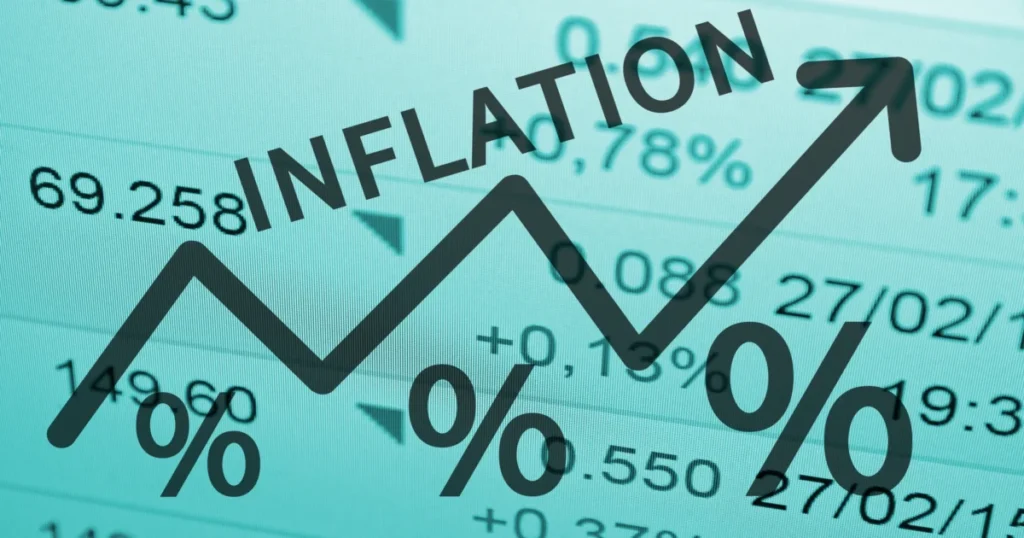In September 2024, the Labor Department announced that the Consumer Price Index (CPI) saw a notable increase of 2.4%, which came as a surprise to many, particularly since economists had predicted a rise to 2.3%. The data revealed that core inflation, excluding energy and food costs often considered volatile, also surpassed expectations with a monthly increase of 0.3%, leading to a year-over-year rise of 3.3%. This development intensified discussions about the economic policies of the Biden-Harris administration and their implications on the American standard of living. Rising inflation, especially in cities and states that have historically witnessed lower levels, has raised questions about how effectively the current administration is managing the economy in the aftermath of the pandemic.
Further analysis indicated that specific sectors experienced particularly steep price hikes. In September alone, supercore CPI—an indicator that focuses on services excluding food and energy—rose by 0.4%. This surge was propelled by noticeable increases in professional medical services and skyrocketing auto insurance costs. The latter experienced an astounding 56% increase since Kamala Harris took office, drawing attention to the rising cost of living and the struggles faced by many families trying to manage their budgets amidst escalating expenses. This sharp uptick in auto insurance has become a focal point in discussions about the economic well-being of American households.
Food prices continue to pose significant concerns, with multiple categories experiencing just as significant increases. The index for meats, poultry, fish, and eggs saw a notable rise of 0.8% in September alone, indicating that the struggles of American families extend well beyond transportation or housing expenses. Egg prices alone climbed by a staggering 8.4%, while other staples like fruits and vegetables also saw increases. Collectively, these hikes illustrate the growing burden of food inflation on citizens’ budgets, particularly for vulnerable populations and those already struggling with inflation-induced financial stress.
The report outlined various other rising costs since Kamala Harris assumed office that illustrate broader inflation trends impacting American families. Gas prices surged by 38.2%, supported by dramatic increases in utilities such as electricity (up 31.3%) and fuel oil (up 37.4%). Additionally, travel-related costs, such as airfare and hotel accommodations, also saw significant increases of 24.5% and 42.4%, respectively. Groceries experienced a 22.1% price jump, with specific categories like baby food and K-12 food spiking by 31% and 69.7%, respectively. These figures present a daunting picture of a persistently inflationary environment, impacting all areas of family expenses and diminishing real purchasing power.
While inflation rates have surged across various categories, real average weekly earnings have paradoxically declined by 3.4%, exacerbating the financial strain on many households. As a result, workers are finding it increasingly difficult to maintain their standard of living, as their wages are unable to keep pace with the rapid increase in essential expenses. The juxtaposition of rising prices alongside stagnant or dwindling earnings highlights the challenges faced by American workers today, lessening the optimistic views some sectors have held about the administration’s economic management.
Ultimately, the recent CPI reports paint a complicated picture of the current economic landscape in the United States, invoking concerns over inflation and standard living amidst rising prices across critical sectors. As the Biden-Harris administration faces significant scrutiny regarding its economic policies and strategies to combat inflation, the implications for American families become increasingly evident. The burden of financial constraints is being felt more keenly, leading to broader discussions about the need for effective measures to stabilize prices and restore purchasing power, particularly as economic pressures remain high more than three years into the administration.

